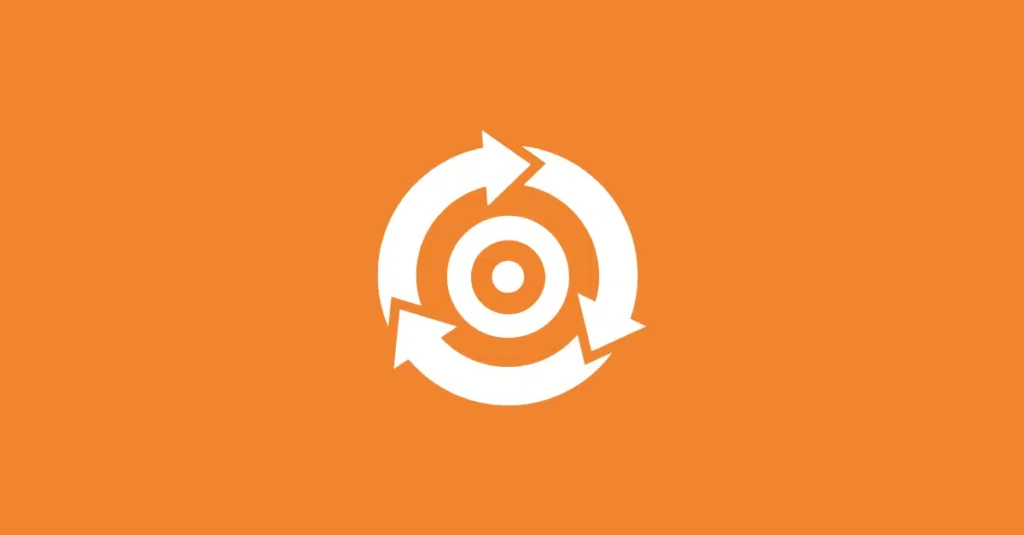Retargeting is a powerful marketing technique. It enables businesses to re-engage with potential customers who engaged without converting. In the realm of business-to-business marketing, retargeting is an essential tool.
B2B retargeting increases brand exposure, improves conversion rates, and increases sales velocity. In this blog post, we will discuss the importance of B2B retargeting. We’ll also cover key strategies for successful implementation.
Why B2B Retargeting Matters
- Longer sales cycles. B2B transactions often have longer sales cycles than B2C transactions. That means it’s critical to stay top-of-mind with potential clients. Retargeting helps nurture these relationships. With retargeting, you’ll continuously engage prospects until they’re ready to convert.
- High-value deals. B2B sales typically involve high-value products or services. It’s essential to maximize every opportunity to convert potential clients. Retargeting can help your business maintain visibility. It also keeps your offerings fresh in prospects’ minds.
- Improved ROI. Retargeting enables you to focus your ad spend on individuals who have already expressed interest in your business. That leads to a higher return on investment.
- Enhanced brand recognition. When your prospect is ready to make a purchasing decision, you want to be top-of-mind. By retargeting prospects, you increase the likelihood that they will remember your brand.
Key B2B Retargeting Strategies
These proven techniques will help fine-tune your retargeting campaigns for exceptional results.
Segment your audience
One of the most effective retargeting techniques involves audience segmentation. Categorize your prospects based on factors such as:
- level of interaction with your website
- industry
- job title.
Tailoring your ads to each segment makes them more relevant and engaging.
Frequency capping
You need to remain visible to your audience and avoid ad fatigue. Use frequency capping to strike a balance between being visible and being annoying. It limits the number of times your ads appear to a single user within a specific timeframe.
This prevents overexposure while maintaining engagement.
Use multiple channels
Get the most out of your retargeting efforts by using multiple channels. Combine channels such as display ads, social media platforms, and email retargeting. This multi-channel approach ensures that you reach your prospects where they are most active and receptive.
Dynamic content
Personalize your retargeting ads with dynamic content. That way you can use a prospect’s browsing behavior or preferences to determine the message. For example, you can showcase specific products or services that a prospect has shown interest in. That will make your ads more engaging and relevant.
Test and optimize
Track your retargeting campaigns’ performance, and make data-driven decisions to optimize your strategies. Test creatives, messaging, targeting options, and anything else you can. Then determine what resonates best with your audience.
Align your retargeting efforts with your sales funnel
Consider the different stages of your sales funnel and craft retargeting campaigns that align with each stage. For example, offer educational content to prospects in the awareness stage and more product-specific information to those in the consideration phase.
Maximize Your Conversion Opportunities with B2B Retargeting
B2B retargeting is a powerful marketing technique. By implementing the strategies we’ve shared here, you can drive significant results for your business.
To learn more about retargeting, check out LeadPost CMO Roy Harmon‘s interview with Tylor Jones, Head of Growth at GETIDA, on Hot Pursuit: The Retargeting Podcast.
Tylor provides some additional perspective on B2B retargeting. He also shares some insights that sometimes go against the conventional wisdom.
Here are some of the recommendations Tylor shares:
- Don’t hyper-segment your retargeting audiences. Over-segmentation can detract from ad performance. Instead of categorizing audiences strictly based on the top, middle, or bottom of the funnel, consider merging them to improve CPM and distribute your most valuable content across all stages.
- Focus on efficiency and ROI at the business level, not the platform level. When evaluating ad performance, prioritize overall business results rather than metrics specific to individual platforms. This approach helps you better understand the true impact of your retargeting campaigns on your organization.
- Consider the customer experience. Put yourself in the customer’s shoes and think about how they experience your brand. Focus on building rapport and moving people toward affinity with your brand, rather than solely aiming for immediate conversions.
- Be open to insights from different industries. Even if your experience is primarily in B2B SaaS, insights and ideas from other industries can prove valuable and help you develop fresh perspectives on retargeting campaigns.
Watch it below or on Spotify.

